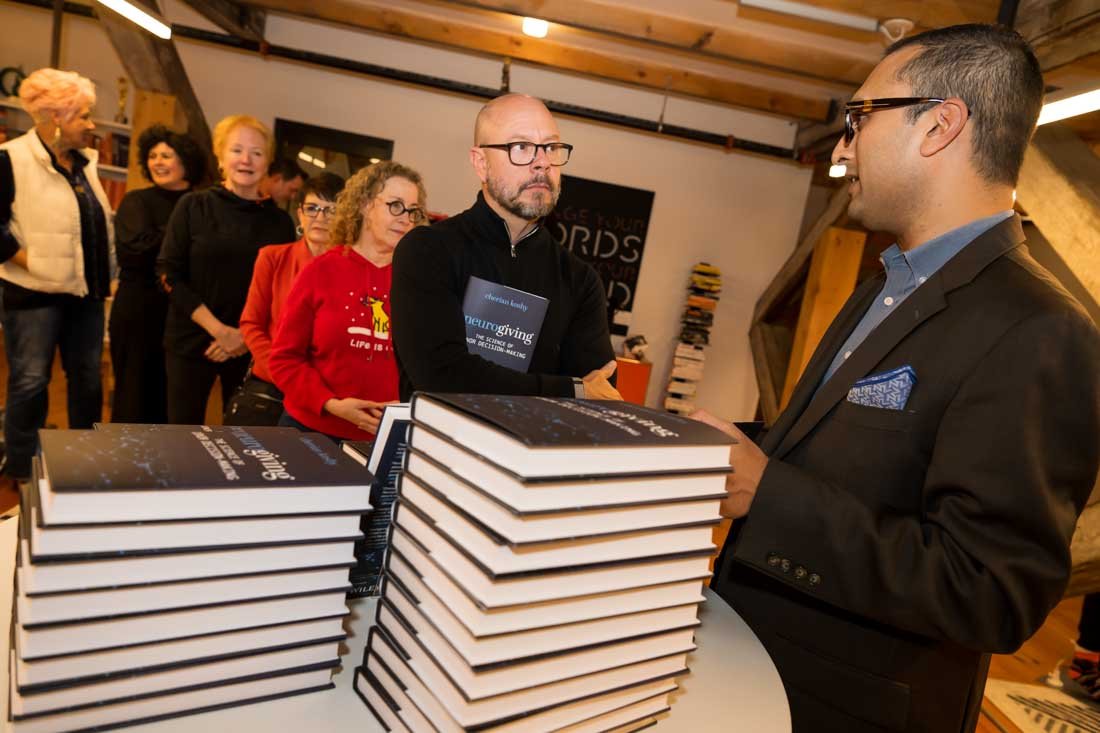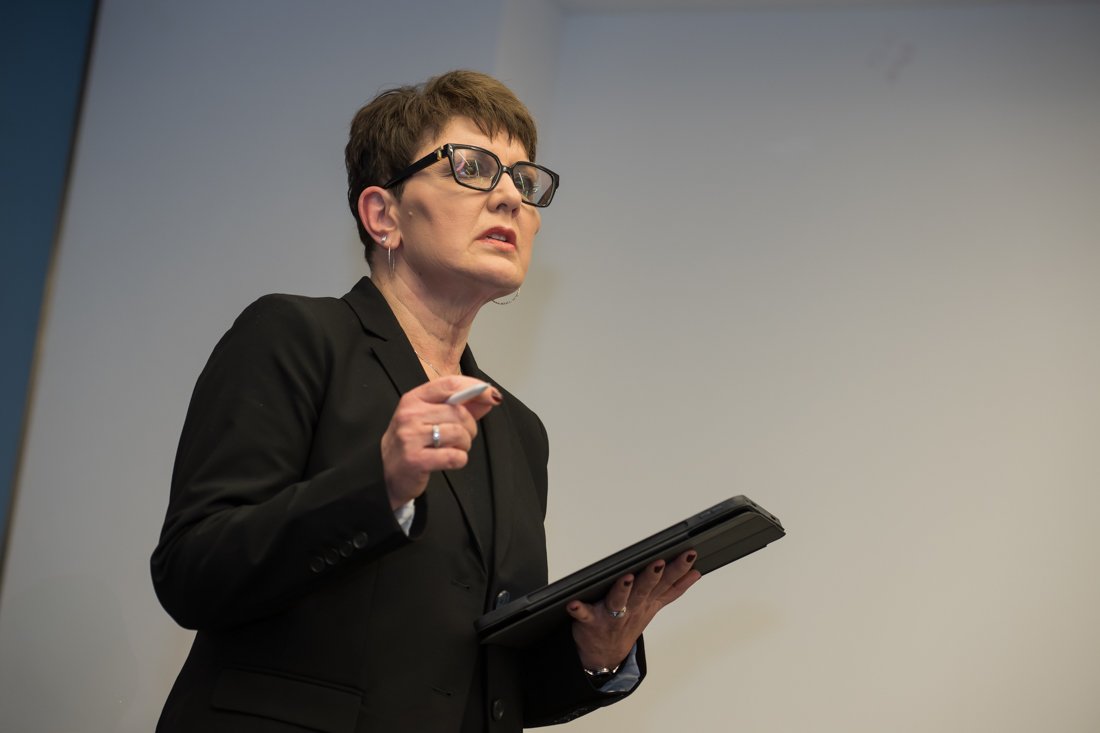Blaise Pascal, the 17th-century philosopher and mathematician, is best known for Pascal’s Wager, but one of his most profound insights is:
“To understand is to forgive.”
For managers leading teams—whether five people or five hundred—this presents a challenge:
🔶 What happens when understanding feels like an excuse?
🔶 What if forgiveness looks like weakness?
🔶 What if curiosity leads to complexity instead of clarity?
In leadership, we often face resistance—team members who push back, employees who disengage, or executives who seem disconnected. Our default response? Criticism.
🚫 “They don’t get it.”
🚫 “They aren’t committed.”
🚫 “They’re making excuses.”
But what if the real issue isn’t them—but how we’re seeing them?
Why This Matters for Leaders Today
Through over 1,400 paid presentations, serving more than 10,000 business leaders and helping over 150,000 K–12 students, I’ve seen firsthand that communication breakdowns are the root cause of most leadership struggles.
That’s why I wrote Communication Culture Vol. 1: A Playbook to End Division at Work and Turn Team Members into Teammates—to provide a practical roadmap for managers who want to move:
✅ From division to alignment.
✅ From friction to flow.
✅ From team members to true teammates.
One of the most powerful leadership questions I teach is:
“Am I being curious, or am I being critical?”
This single shift has the power to:
✅ Increase trust
✅ Improve performance
✅ Unlock real influence
It also aligns with Exactly What to Say, reinforcing that the right words, at the right time, can completely change the outcome of a conversation.
The Leadership Tension: Control vs. Curiosity
Managers are wired to fix problems, drive results, and hold people accountable—and that’s necessary. But here’s the problem:
Accountability without curiosity creates a culture of fear, not growth.
Imagine a team that’s underperforming. A critical leader might think:
- “They aren’t pushing hard enough.”
- “They need to step up or step out.”
A curious leader asks:
- “What’s changed in the market?”
- “What’s stopping them from succeeding?”
- “What do they know that I don’t?”
Blindspot Alert #8 from Communication Culture Vol. 1:
“Being a ‘naturally critical person’ is not an excuse to weaponize your critical nature. You can have a critical eye with a curious heart.”
- The best leaders don’t abandon high standards.
- They elevate them by first seeking to understand.
Curiosity & Clarity Go Hand-in-Hand
Chapter 5 of Communication Culture Vol. 1 makes it clear:
- Curiosity builds bridges; criticism burns them.
- Employees need to feel seen, heard, and valued. If they don’t, they disengage.
- Miscommunication stems from unclear expectations. If your team isn’t meeting expectations, ask: “Were they clearly communicated?”
One of the fastest ways to destroy morale?
Holding people accountable to standards they weren’t clearly told about. This creates a toxic work environment—or as we call it, a “toxic locker room.”
If you’re going to hold people accountable, be clear about what success looks like before there’s an issue.
When is The Worst Time to Think About What You Are About to Say?
With my work as an Exactly What to Say Certified Guide I get to help people process prior conversations they had that didn’t go as well as they had hoped largely because they had not thought to answer this question before the moment they were about to deliver it. I’m going to share 1 of the 4 cornerstones of conversational excellence that we use to help people master the moments to make more of their conversations count.
Cornerstone #1 of Conversational Excellence (EWTS):
The worst time to think about what you’re going to say is in the moment you’re saying it.
This is a leadership game-changer. Managers who react critically rather than leading with curiosity often regret their words later. The best leaders prepare for tough conversations.
Practical Application for Managers:
Before giving constructive feedback, ask yourself: “Am I about to be curious or critical?”
Before a performance review, prepare your questions: “What do they think is working well? Where do they feel challenged?”
Before addressing a team-wide issue, clarify the goal: “What does success look like?”
The more intentional and prepared you are, the less likely you’ll default to criticism.
A 24-Hour Challenge for Managers:
Before offering a critique, pause and ask:
“Am I being curious or am I being critical?”
“How would I feel if I were in their position?”
“What’s the story behind their decision?”
The managers who master this shift will not only gain influence—they will cultivate a culture where people want to follow.
Want to Take This Further?
If this resonates, dive deeper into Communication Culture Vol. 1—a proven roadmap for leading teams, resolving conflict, and building a culture where communication drives performance.
Get your copy here: CommunicationCultureBook.com
If you’re ready to take the next step in leading with curiosity, I’d love to connect with you! Whether through coaching, training, or speaking engagements, let’s work together to cultivate a high-performing, engaged team.
Stay connected! Join my email list for leadership insights, coaching opportunities, and more. Newsletter sign-up
Let’s make the shift together.
Want to bring the Do Good Leadership Labs to a school that matters to you? Let’s make it happen! Learn more at DoGoodLeadershipLabs.com and let’s continue the conversation on instagram at @soldoutmike.











